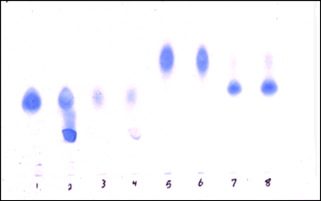Abstract
#Hyperbilirubinemia is one of the most commonly encountered conditions
even in otherwise healthy newborn infants in the first week
of life. There is emerging evidence that #polymorphism of genes involved
in #bilirubinconjugation such as the #UDP-glucuronosyltransferase
1A1 (UGT1A1) may contribute to some infants developing neonatal
jaundice, significant enough to require phototherapy. In many parts
of the world, glucose-6-phosphate dehydrogenase (G6PD) deficiency is
also a major cause of severe neonatal hyperbilirubinemia. Some
genetic polymorphisms of UGT1A1 and G6PD are associated with more severe
hyperbilirubinemia. Recently, the c.-3279T>A mutation in the
Phenobarbital responsive enhancer module was reported to decrease UGT1A1
transcriptional activity and associated with more neonatal
jaundice. However, there are limited reports of co-inheritance of these
two #genevariants, whether this predisposes infants to greater risk for#phototherapy. We studied a total of 133 infants and our results indicate
that the occurrence of UGT1A1 allele c.-3279T>G was similar in G6PD
deficient infants whether or not they required phototherapy in the first
five days of life. Co-inheriting both the c.-3279T>G and G6PD
variants
in these #deficientinfants also did not significantly elevate the peak
#serumbilirubin in the first week.


No comments:
Post a Comment
Note: Only a member of this blog may post a comment.